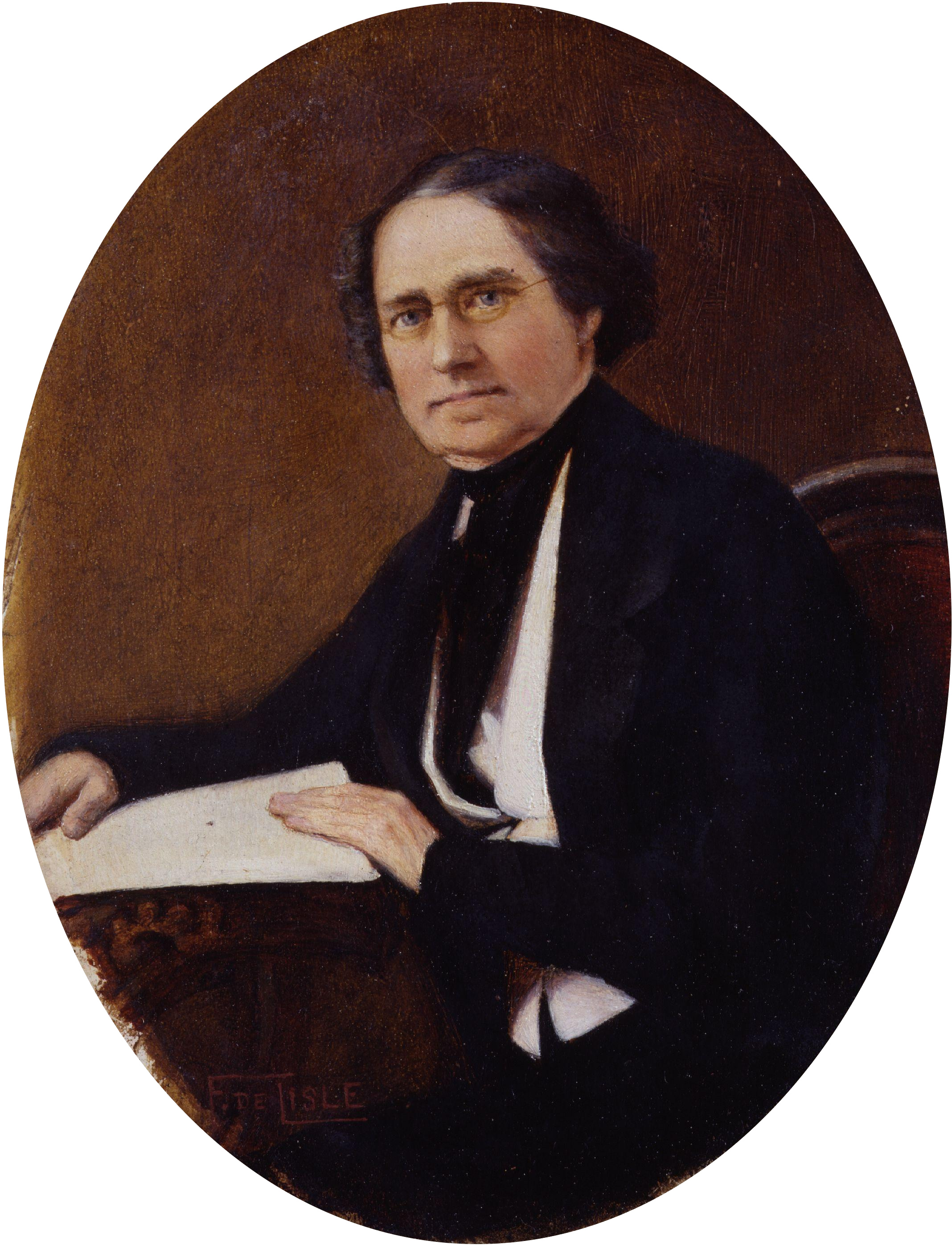“The seeds of science are thus sown, and soon begin to germinate.”
Contexte: The beginnings of science have often the appearance of chance. A felicitous accident throws a certain natural fact under the notice of an inquiring and philosophic mind. Attention is awakened and investigation provoked. Similar phenomena under varied circumstances are eagerly sought for; and if in the natural course of events they do not present themselves, circumstances are designedly arranged so as to bring about their production. The seeds of science are thus sown, and soon begin to germinate.
